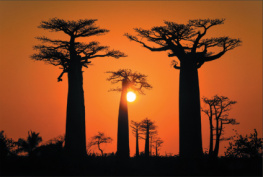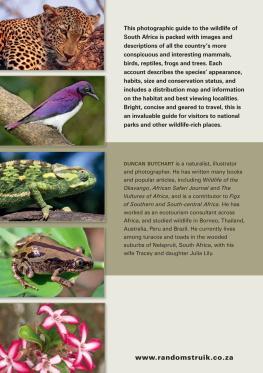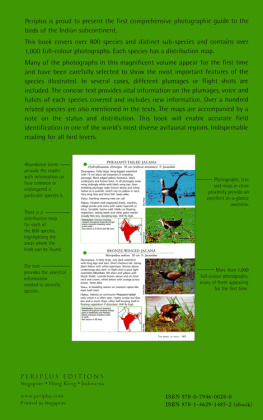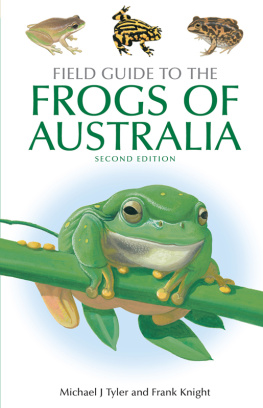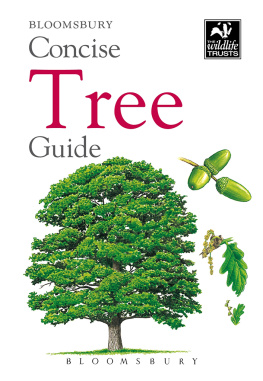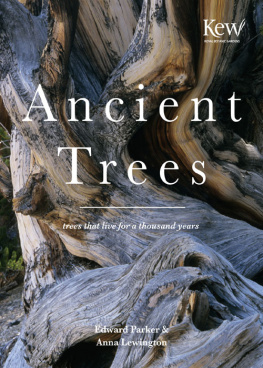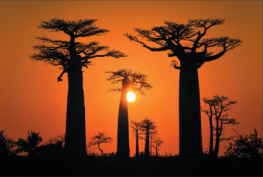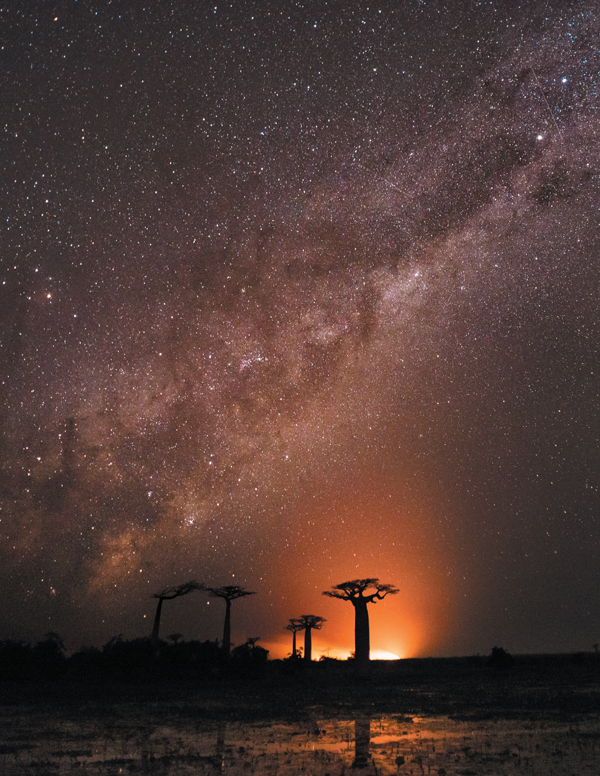

First published in French in Madagascar in 2012 by Arboretum dAntsokay, B.P. 489, Toliara, 601, Madagascar and Carambole Editions Madagascar SARL, BP 5168 Antananarivo 101 Madagascar
This edition published by Struik Nature (an imprint of Penguin Random House South Africa (Pty) Ltd)
Reg. No. 1953/000441/07
The Estuaries No. 4, Oxbow Crescent, Century Avenue, Century City, 7441
PO Box 1144, Cape Town, 8000 South Africa
Visit www.randomstruik.co.za and join the Struik Nature Club
for updates, news, events and special offers.
Copyright in text, 2015: Andry Petignat and Louise Jasper
Copyright in photographs, 2015: Louise Jasper Nature Photography (L.J.) and Andry Petignat (A.P.), with contributions from Daniel Austin www.madagascar-photography.com (D.A.), David Baum (D.B.), Berkeley Fitzhardinge (B.F.), Charlie Gardner (C.G.), Tom Gardner (T.G.), Amanda Mullard (A.M.), Steven Nowakowski (S.N.), Christophe Qunel (C.Q.), Ferdinand Reus (F.R.), Benjamin de Ridder (B.R.), Sarah Venter (S.V.), Vincent Verra (V.V.), Xavier Vincke (X.V.)
Copyright in illustrations and maps, 2015: Louise Jasper
Copyright in published edition, 2015: Penguin Random House South Africa (Pty) Ltd
Publisher: Pippa Parker
Managing editor: Helen de Villiers
Editor: Emily Bowles
In-house design: Janice Evans
Translator: Louise Jasper
Proofreader and indexer: Emsie du Plessis
All rights reserved. No part of this publication may be reproduced, stored in a retrieval system or transmitted in any form or by any means, electronic, mechanical, photocopying, recording or otherwise, without the prior written permission of the publishers and copyright holders.
Great care has been taken to maintain the accuracy of the information contained in this work. However, neither the publishers nor the authors can be held responsible for any consequences arising from the use of the information contained therein.
Print: 978 1 77584 370 2
ePub: 978 1 77584 472 3
ePDF: 978 1 77584 473 0
These Adansonia grandidieri bear the scars of intense bark-harvesting. They represent excellent examples of the baobabs remarkable ability to heal. Near Befandriana Sud. (A.P.)
The sun sets beyond the famous Avenue of Baobabs, western Madagascar. (L.J.)
At 1,600 years, this is the oldest known baobab in Madagascar. Wrinkled and stunted by countless droughts, this age-old tree has been lovingly nicknamed the Grandmother. Tsimanampesotse National Park, southwestern Madagascar. (L.J.)
Page 1 A sketch of A. suarezensis by Louise Jasper.
A fire blazes in the distance beyond a stand of A. grandidieri near the Avenue of Baobabs at night. (L.J.)
An old postage stamp from Madagascar showing a view of the Avenue of Baobabs.
An immense African Baobab ( A. digitata ), with an elephant for scale. Tanzania. (F.R.)
Golden-barked A. rubrostipa baobabs grow on small limestone tsingy islands in Moramba Bay, near Anjajavy Lodge and Reserve. (L.J.)
Looking up to the sky between two specimens of A. za . Ifotaka, Mandrare Valley. (L.J.)
An old stand of A. za in a vast sisal plantation in the Mandrare Valley at sunset, near Ifotaka. (L.J.)
I pointed out to the little prince that baobabs were not little bushes, but, on the contrary, trees as big as castles; and that even if he took a whole herd of elephants away with him, the herd would not eat up one single baobab.
Antoine de Saint-Exupry, 1943, The Little Prince



CONTENTS

An unusual, wrinkled Adansonia rubrostipa on the Mahafaly Plateau in Tsimanampesotse National Park. (L.J.)
PREFACE
The enormous baobab is one of the most iconic trees of the African continent. What few people realize is that Africa is home to just one widespread species, while the island of Madagascar possesses six wonderfully diverse species that exhibit an array of astonishing growth forms. Although Madagascars baobabs outshine their single African cousin in terms of their variety, floral beauty and adaptability (if not in overall size), surprisingly little research has focused on their biology and commercial potential. The African species, however, has been intensively studied in recent decades. Much remains to be discovered about these huge, stem-succulent trees, but for several species threatened by human activities, time is running out.
This guide provides a brief introduction to the known species of baobab, with emphasis on the Malagasy species but also including those from Africa and Australia. The existence of a putative ninth species, Adansonia kilima , has been reported from Africa, but this has not been independently verified so we have decided not to include it in this book. We hope that baobab lovers will enjoy this guide, and that it will not only aid in identifying the eight species, but also play a small part in bringing these magnificent and culturally significant trees to a wider audience.
The first section of this guide begins with a short introduction to the classification and general description of baobabs, followed by details of their life history, biogeography, dispersal and role in peoples lives. The second section comprises a guide to each of the eight baobab species, including a botanical description, details of their habitat, distribution and principal uses, based on information sourced from scientific literature or directly from the Malagasy people (in the case of Madagascars baobabs) who use baobabs in their daily lives. The 120 photographs and 32 line drawings show the leaves, flowers, fruits and typical growth habit of each species. We have provided a glossary to aid understanding of some of the scientific terms used in this guide.
Baobabs of the World is not just a guide, it is a celebration of these unique, charismatic trees. We hope this book will inspire you to learn more about baobabs, or even take a special journey to visit them.
ANDRY PETIGNAT AND LOUISE JASPER
Antsokay Arboretum, Madagascar

A statuesque A. grandidieri with fire-scorched bark. Menabe-Antimena. (L.J.)
ACKNOWLEDGMENTS
The production of Baobabs of the World would not have been possible without the generous support of the following individuals and organizations:
- The San Diego Cactus and Succulent Society, sdcss.net
- Kelly Griffin
- Anonymous donor
- Stphane Philizot, PhileoL,

Many friends and colleagues helped to improve the accuracy of this work, but we take responsibility for any errors or inaccuracies that remain. In particular we would like to thank the following people for their invaluable contributions: David Baum, Alain Bonard, Goulam Eugne, Charlie Gardner, Brian Kemble, Michel Laplace, Diana Mayne, Domoina Rakotomalala, Pierre-Jules Rakotomalaza, Antoine Rougier, Sarah Venter, Sbastien Wohlhauser.
Next page
